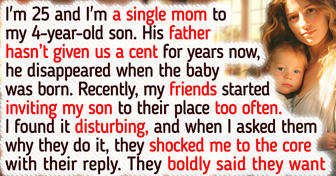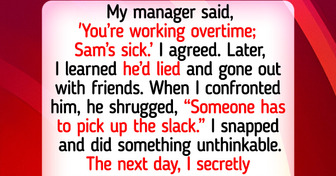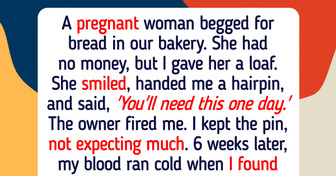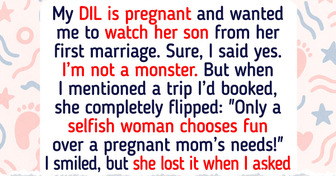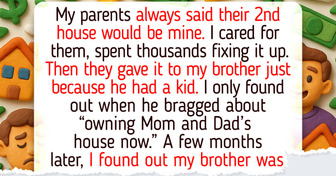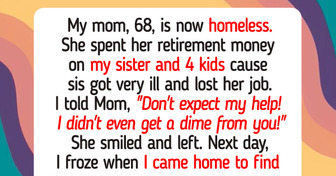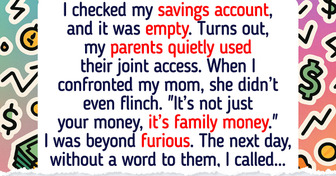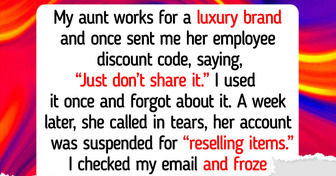My Husband Unconsciously Called Me Another Woman’s Name — I Was Utterly Shocked to Discover Who It Was
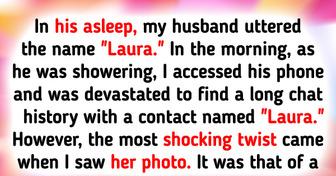
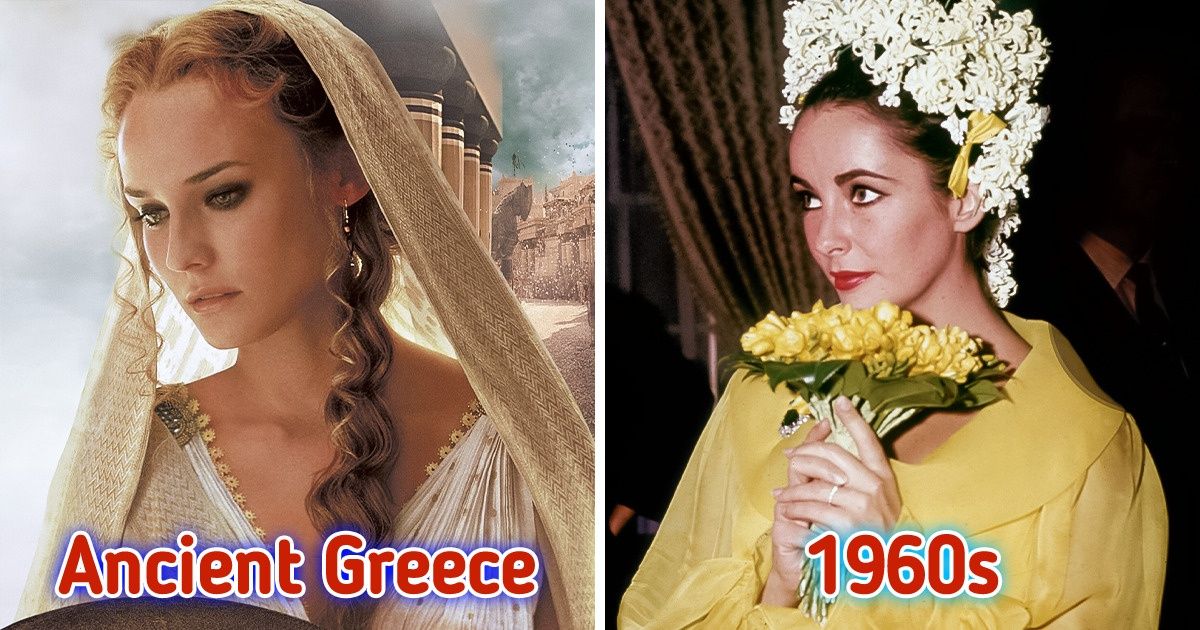
Bridal gowns have come a long way from very formal petticoats and corsets to sleeveless and colorful modern-day wedding dresses. Aside from being a symbol of happily ever after, wedding dresses can tell us a lot about social and cultural norms of a certain era.
Inspired by gorgeous designs and the intriguing historical facts behind each of them, the Bright Side editorial team takes you on a journey of wedding dress evolution.
In ancient Rome, where weddings were considered an important social event, brides wore long draped veils in a deep yellow or orange color. These warm colors represented “the color of the flame,” symbolizing the warmth and light that brides would bring to their husbands’ homes. The trends in ancient Greece were similar. Brides wore loosely-fitted long dresses and veils in the colors of fire to scare away evil spirits.
Back then, marriage was more of a legal transaction rather than a romantic occasion. The brides would simply pick the best dress that they already had rather than making or purchasing a separate dress for the wedding ceremony. A similar practice continued into the middle ages, although the color of bridal wear continued to change.
In the middle ages, blue was often associated with purity and royalty, so it comes as no surprise that this color became a common choice for medieval bridal dresses. Yellow, red, green, and other jewel-toned gowns were also popular, especially among women of a higher social status.
Floor-length, wide necklines, and fitted bodices are the most distinctive features of medieval wedding dress silhouettes that are still often recreated today. Some royal brides, like Charlene Wittstock, the Princess of Monaco, went for a blue wedding outfit for her civil wedding ceremony.
Although luxurious wedding ceremonies were still uncommon in the 1700s and 1800s, bridal gowns became more lavish and elaborate. At that time, the French court dictated the fashion trends, with Marie Antoinette leading the way. While common women still kept their wedding ceremonies private and modest, royals were taking it over the top.
Her scandalously expensive gown was constructed of cloth-of-silver adorned with diamonds, but it didn’t fit her properly because it was made before she even arrived in France. Without having the chance to try the dress on in time, the bodice ended up too small, so aside from the cost, the ill-fitted wedding gown was another subject of gossip at that time.
On her wedding day, Queen Victoria said that she would make her vows to Prince Albert as his future wife, not as the queen. So, instead of the traditional coronation robe, she choose a white satin gown trimmed with lace to symbolize her decision. This inspired other future brides to express their feelings and personal preferences through their wedding dress choice.
Until then, many women didn’t consider trying to obtain this luxury simply because the white color was difficult to maintain in a world without a washing machine and running water.
With the approach of the 20th century, the shape of Victorian wedding dresses changed. The bodice became looser, the skirt less voluminous, and the veil became a standard. Brides of this era often wore high-neck dresses with long sleeves and plenty of lace details.
Technological developments in the 1920s and 1930s brought more freedom to women, which was reflected in the latest fashion of that time. Flapper style was a huge trend, making bridal attire considerably more flirty and loose.
To balance out a rather simple silhouette, extra-long veils were in fashion. Since the construction of the dress was less elaborate, more women were able to afford a wedding dress of their choice. And by the mid 20th century, the white color of the bride’s dress would soon become the norm.
In the 1930s fashion was drawing inspiration from movies. Of course, gowns worn by movie stars were designer-made and accessible only to the rich, but copies of those dresses became attainable for all budgets. This decade also brought the first bridal magazines to a wider audience.
Wedding bells didn’t stop ringing even in the 1940s when the world was facing turbulent times. Luxurious fabrics like silk and satin were in short supply, which is why many brides chose to wear a dress they already had or to make a new one that could be worn again after the ceremony. Wearing their mother’s wedding outfits was another option. Brides living in big cities also had the option of renting a wedding dress.
The legendary wedding dress worn by Liz Taylor in the 1950 movie Father of the Bride incorporated everything that was considered fashionable at that time. The same designer, Helen Rose, later created a similar timeless dress for Grace Kelly’s wedding.
Although church weddings required a modest dress with covered shoulders, hands, and legs, women of that era still wanted to try something modern. The simplicity of Audrey Hepburn’s iconic wedding dress in ’’Funny Face’’ was a breath of fresh air, sporting a tea-length dress.
As women were becoming more empowered, skirt hemlines grew shorter. Trains and veils significantly reduced in length, vanishing almost completely as the minidress became trendy. While the popularity of miniskirt wedding dresses has declined over the years, the slim silhouette has lived on.
The hippy era of the 1970s revived a long, flowy style and a looser waistline. One of the main points of ’70s fashion was individuality, reflected in the use of bold fabric patterns, statement sleeves, and accessories.
Some brides chose to replace veils with sophisticated hats and even pants and jackets became a part of bridal attire. More than ever before, beautiful and extravagant wedding dresses were available to anyone.
In contrast, the ’80s were all about glamour and volume: puffed sleeves, big skirts, oversized ruffles and bows, and fairytale-inspired veils. Another signature trait of ’80s bridal trends and fashion, in general, were gowns with sheer elements, plenty of lace, and chunky jewelry.
The late ’90s marked the comeback of simplicity. A minimal slip dress like the one Carolyn Bessette Kennedy wore at her wedding, prompted many brides to opt for a sleek, understated look.
As we move closer to the millennium, trends start to change faster and faster. The early 2000s were about simplicity, strapless gowns, or gowns with spaghetti straps. As destination weddings became more widespread, the need for practical wedding attire dictated the trend.
Over the past 10 years, we’ve seen new styles invented and old styles reemerged, and it seems that there is more diversity than ever, with the figure-hugging mermaid gown being one of the most popular choices in the 2010s.
Centuries came and went, and the white wedding dress has held its own in history no matter the circumstances. But what does the future hold? Can you guess what brides of the future will look like?
Got some cool photos or stories and want to be featured on Bright Side? Send them all right HERE and right now. Meanwhile, we’re waiting!

